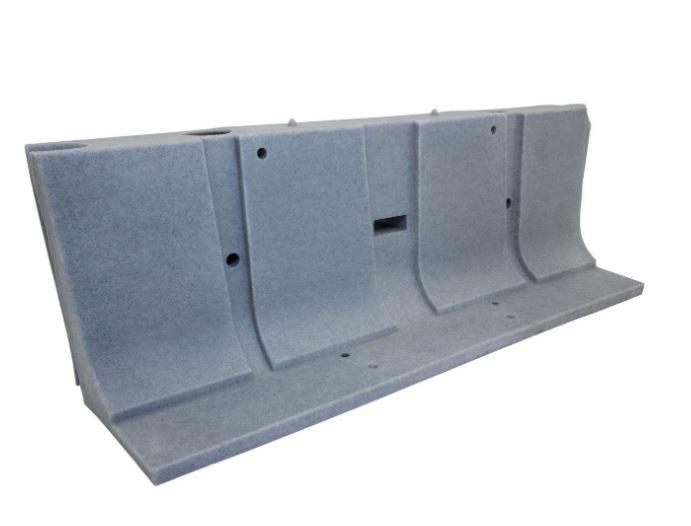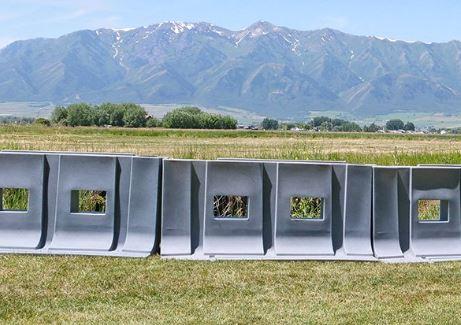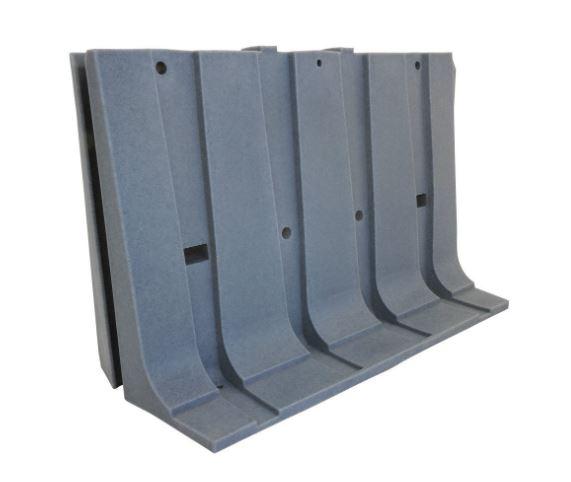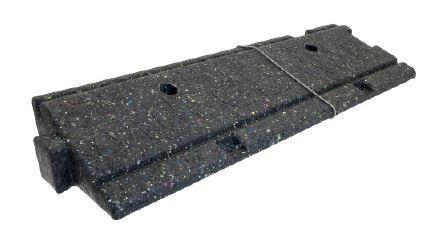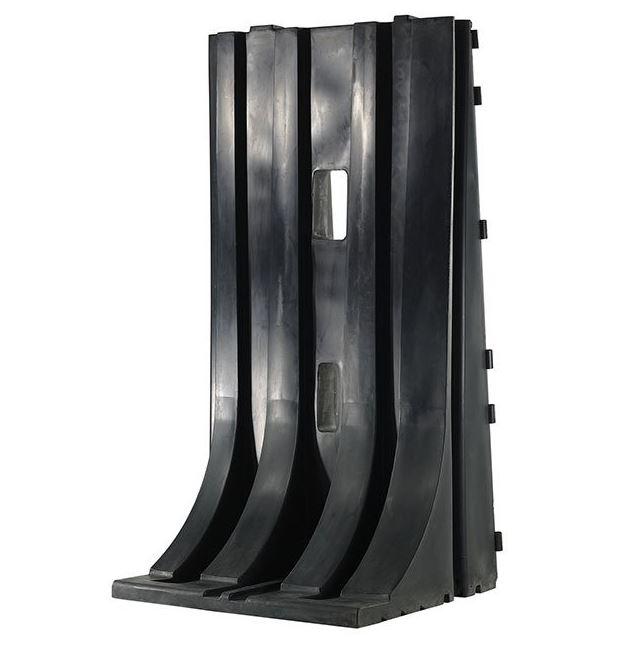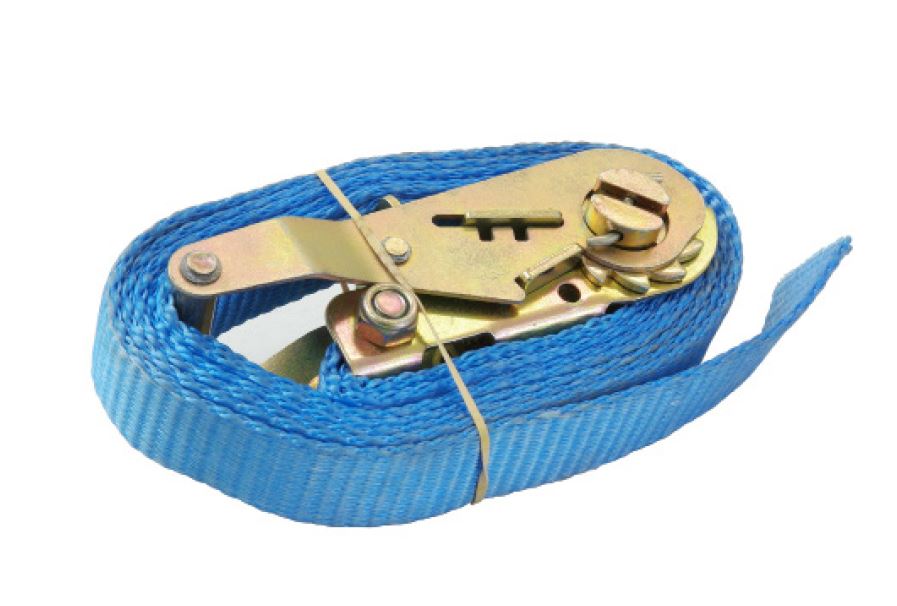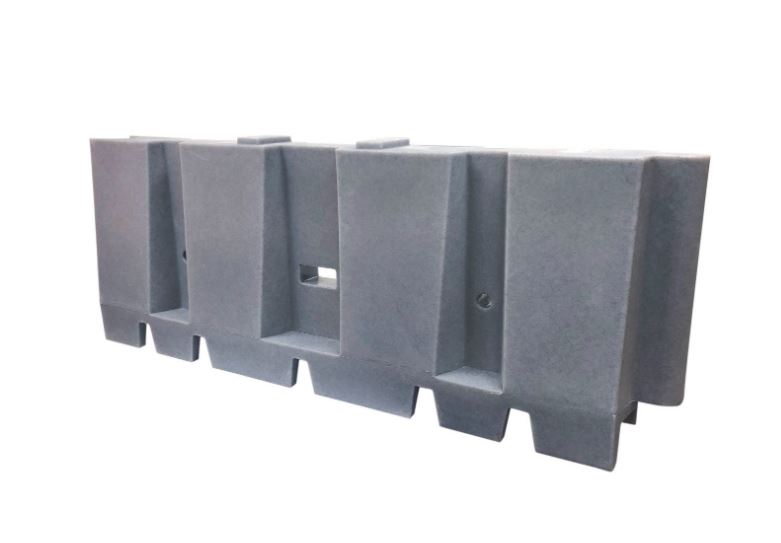Call (800) 731-8420
MUSCLE WALL - FLOOD WALL PROTECTION
Muscle Wall is a versatile, high-strength, and portable plastic barrier used for flood control, stormwater management, erosion control, primary and secondary containment, and coastal erosion. Muscle Wall comes in sizes ranging from 6” to 8’ in height and have interlocking male to female connection points to form a continuous wall.
By installing this system you can gain peace of mind by knowing that potential flood damage to crops, structures, and/or property will be mitigated or avoided altogether.
Below you'll find:
- Entire catalog of Products
- Shipping and Delivery Information
- Product & Installation Videos
- Frequently Asked Questions
- Product Guide with Case Studies
*Please call the manufacturer (435) 213-9253 for pricing and availability. Minimum order requirement for Muscle Wall is $5,000.
SHIPPING
✔ All items ship for free (standard ground, see map)
☏ Call: (800) 731-8420 for pricing and shipping questions.
Shipping estimates pertain to this specific product line only. Orders typically ship within 2-5 business days if the order is placed before 2PM Eastern The day that the order is shipped is not counted as a transit day. The map is for transit days only, and does not include the time between the order and freight pickup.

Documentation and Case Study Downloads
Product & Installation Videos
FAQ
Everything You Need To Know About Muscle Wall
Muscle Wall Systems offer a creative design using durable, low-density, hollow polyethylene walls that can be easily and quickly moved in place to protect homes and businesses from the destructive, costly effects of flooding.
The oil and gas industry uses this outstanding technology as a safe primary and secondary containment solution for protection against water damage. Over 15 miles of our product has been installed in oil and gas operations and has proven to be cost-efficient and better than earthen berms.
How Much Does Muscle Wall Cost?
The Muscle Wall system ranges between $43 & $114 per sq ft in price depending on the length and the height of the flood wall protection needed.
Additional accessories such as liners, and safety straps can be included here.

What Does a Typical Installation Include?
There are 4 primary use applications and depending on your exact needs the system is comprised of Walls, Ratcheting Straps, and an over the top liner. Please see the installation videos above for more information on your exact application.
- Flood Protection
- Coastal Erosion Control
- Primary Containment
- Secondary Containment
Can Muscle Wall Be Customized?

On top of the 22° range of motion, you have the option to use a corner unit that will give you a 90° turn.
This feature makes it very adaptable and customizable for your given specific requirements for each deployment site.
Each corner section is reversible so you can branch out your protection in either direction. Sizing ranges from 6" tall to 8' tall.
What Makes Muscle Wall the Superior Flood Wall Protection Product?
The Patented Toe Design
Due to its patented toe design, the muscle wall system is able to withstand the enormous force caused by rushing or standing water. The water forces the toe downward to overpower the hydrostatic force which anchors the wall to the ground.
The Coupler-Joint Design
The coupler-joint permits each wall to securely connect one to another. Each wall offers a male and female connection designed to slide into place on the corresponding connector of the next wall. The coupler-joint provides a 22-degree range of motion at each connection allowing Muscle Wall to easily adapt to the terrain while making sweeping turns along the natural path of the water, whether a river, stream or the site’s natural terrain.
How Well Does Muscle Wall Ship & Store?
It has a very unique “L” shape that will enable each wall to nestle together with another for maximum shipping and storage. This system allows the walls to be securely stacked together as each wall has an extrusion on the top of the wall that snaps into place on the toe of the connection.

Why Not Just Use Sandbags as a Flood Barrier For Homes?
Most coastal communities and state zone management agencies have restrictions in place for homes and business owners from building permanent erosion control methods to protect their properties. During storm surges or during times of serious erosion, using temporary protection can sometimes be permitted through emergency permits.
In the past, small and large sandbags have been used but they usually fail, clutter up beaches, and harm the environment.
The bottom line, sandbags cannot withstand the enormous forces of waves, are prone to differential settling and breaching, will break down under UV exposure, are often vandalized, and sandbags will inevitably fail at providing a temporary safe and environmentally sustainable flood solution and reduction of catastrophic erosion.
"Sandbags will inevitably fail at providing a temporary safe and environmentally sustainable flood solution..."
Sandbag Alternative

How Do I Protect My Beach From Erosion?
Coastal erosion is commonplace. Erosion destroys homes, businesses, and other assets that are located along coastlines. FEMA has determined that erosion will destroy 3 to 4 feet of beach-front property each year.
Coastal authorities have a difficult time trying to find ways to protect natural ecosystems along coastlines. On top of that, they must take into consideration tourism as well as residential and business properties that are sitting in harm’s way. Muscle Wall is clearly the best solution providing temporary or permanent support without bringing in disruptive, loud machinery. Muscle Wall offers multiple 6-foot sections that can be customized to meet the requirements and needs of a particular project.

Photo taken by Tim Wood from an 2018 article found in the Cape Cod Chronical Muscle Wall Could Hold Back Flooding.
Where is Muscle Wall Currently in Use?
Here are a few West Coast applications where Muscle Wall systems are in use:
On the steep hillsides of the Yerba Buena Island in the Bay of San Francisco.
Yerba Buena Island is a part of the Treasure Island development which is an environmentally sensitive project currently underway in San Francisco Bay. This project will allow up to 8,000 homes, massive green spaces, 3 hotels, along with restaurants, entertainment, and retail options. One issue that popped up during the construction, was the amount of erosion and loss of sediment on the steep hillsides of the island during storms. In order to battle this problem until a permanent stormwater mechanism could be constructed, ENGEO, the Geotechnical Engineer of the project, recommended using the Muscle Wall system. Over 4,000 linear feet of 4-foot Muscle Wall has been put in place to retain sediment and divert water flow as needed.
Muscle Wall is used as a stormwater Best Management Practice for a 15,000-acre development in Southern California.
This project will include more than 20,000 homes, a commercial district and many other amenities including a golf course, 50-miles of walking and hiking trails, and a man-made lake. Currently, Muscle Wall is being used to manage stormwater and control erosion around the entire project. The largest placement of Muscle Wall is currently a system of 10 check-dams which stops the flow of sediment that will eventually be a central roadway. 6-inch Muscle Wall is also being used as a drive-over washout in areas throughout the project.
At The Heritage Fields Redevelopment Project In Irvine, California
Formerly the Marine Corps Air Station El Toro, Heritage Fields is a redevelopment project for a multi-use development including residential and commercial use as well as for future endeavors. Orange County Great Park is a public park or nature preserve with the main focus being on sports, agriculture, and the arts. 2-foot and 4-foot Muscle Wall was placed in three important locations along with the border of a construction zone and historical hanger that will be preserved along one of the former runways to redirect the natural flow of water away from the active construction site and around a concrete dumpsite to trap sediment and debris.



Case Study #1: Zoo Boise
Muscle Wall Is Under Construction Around The Zoo Boise
Just recently, the city of Boise Idaho began construction of a Muscle Wall around the Zoo Boise for precautionary measures to protect the zoo in the event of hot weather and the rapidly filling reservoirs. This has forced federal water management to release water into the Boise River.
City engineers and other agencies with Ada County have been working to control flood response. Last week, they started preparations to install a 2,000-foot long, four by two-foot-tall Muscle Wall flood barrier. According to City Spokesman, Mike Journee, the structure is very much like the wall recently constructed to protect the gravel pit near Eagle Island.
Managers and emergency responders at Zoo Boise have taken aggressive actions to protect the difficult logistics, expenses, and potential stress to over 200 animals if they have to be relocated. Federal water managers are aware that if there is an increase in significant warm weather, it will quickly shrink upstream reservoirs with little to no notice of river flow which could give zoo managers very little time to plan and evacuate animals.
Doug Holloway, Director of Parks and Recreation for the City of Boise, added, they are working on this with a great deal of caution to make sure they are not faced with planning a full-scale evacuation of animals in a very short period of time. He strongly believes the investment is well worth it to protect the animals and zoo property under given circumstances.
Construction Efforts
Construction of the flood barrier will close Julia Davis Drive between the bandshell and tennis courts. The pedestrian bridge, Friendship Bridge, between Boise State University and Julia Davis Park will stay open for pedestrians and bike traffic. The Greenbelt running through the park and the entire city will remain closed due to high water and safety concerns.
According to Dennis Doan, Boise Fire Chief, the condition of the Boise River and the Greenbelt will become even more dangerous as time goes by and the water will weaken tree roots and the foundation of the Greenbelt. These conditions could be potentially fatal to the public as well as to the first responders. They are asking all residents to respect these closures to prevent the chance of tragedies.
On top of that, the evacuation of more than 200 animals at Zoo Boise will cost around $500,000 to $600,000 along with cleanup costs and the loss of revenue due to closing the zoo.
Also, the move could be very stressful for many of the animals. The flood barrier is expected to run around $130,000 to keep the animals calm and not concerned about their surroundings. Out of that cost, $118,500 will be covered by grant funds from Ada County Emergency Management. The installation is believed to take 1 to 2 days to complete and the barrier will remain in place until the zoo is no longer under the threat by water.
As of date, Boise River is flowing at approximately 9,300 cubic feet per second. Federal water management has no immediate plan to increase the flow but they have warned city and county officials that the current weather conditions could lead to advanced warnings within 24 hours, if necessary. In turn, this would be less than a 3 to 4-day window from previous weeks.
Case Study #2: Logan River, Salt Lake City
Muscle Walls Installed Along Logan River Is An Improvement Over Sandbags
The public has witnessed a long line of plastic barriers on the north riverbank where the Logan River runs through the Logan River Golf Course. These plastic barriers are Muscle Wall which is determined to ease flooding as spring runoff has created flood watch conditions.
According to Russ Akina, Logan Parks & Recreation Director, the city purchased 600 wall segments two weeks earlier for just under $350,000. He is confident that Muscle Wall will prevent flooding along the golf course which happened in 2011.
Muscle Wall’s hollow plastic segments are 6-foot-long and some are 2-feet-tall while others are 4-feet-tall. Two people can easily lift the segments and drop the interlocking pivots into place, creating a continuous barrier. Afterward, they are filled with water and a tarp is placed over the top to prevent erosion underneath the Muscle Wall.
City engineers have surveyed the Logan River and discovered areas that have low riverbanks where water can very easily overflow. Based on the weather reports from the National Weather Service in Salt Lake City they are taking serious measures to prevent future flooding.
In 2011, large areas of the Logan River Golf Course were underwater. Approximately three weeks ago, a section of the riverbank was 6-inches from flooding the bank as it did in 2011. That gave engineers the incentive to find other solutions besides sandbags. It was determined that approximately 300 sandbags would be needed in place of each section of Muscle Wall. That means that tens of thousands would be needed along this river.
They quickly realized that would be an awful lot of sandbags so they decided to go with a Muscle Wall instead.
To make the case, Muscle Walls are easier to install and can be reused year after year while sandbags are heavy, laborious, and will only last for one season.
Muscle Wall is much faster and more efficient for the city to move sections of the wall, store them, and have them available for backup to be used again. Large sections of the wall were installed on a Saturday and workers filled each section on Monday. They are presently waiting for the tarp anchors to be delivered. Once delivered, the tarps will be set up and the Muscle Wall will be ready.
According to Mark Nielsen, sandbags were placed along a residential section of the river in the Sumac area on Monday night for houses that back up to the Logan River. Although the river was running high and fast, cooler temperatures were expected to bring some needed relief. Nielsen said that it’s hot for a short period of time then cools down which can help to keep things at bay.
Conclusion
Muscle Wall is a very affordable Flood Protection Barrier and can be used over and over at no added cost. This product is much more effective and better than the environment than traditional temporary dikes made from sandbags. Additionally when not in use these units can be easily stacked and stored, the manual labor required in setting up and moving these will be a great deal less as well.

